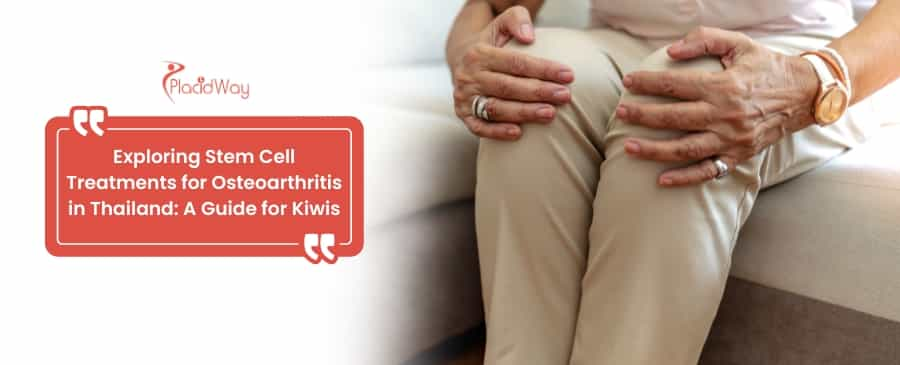
Living with osteoarthritis (OA) often means enduring chronic joint pain, stiffness, and reduced mobility that can significantly impact your quality of life. For many Kiwis, traditional treatments like pain medication and joint replacement surgery feel like limited options. This has led to a growing interest in regenerative medicine, particularly stem cell therapy, a groundbreaking approach that aims to repair damaged tissue and alleviate symptoms from within.
Thailand has emerged as a world-class destination for this advanced treatment, offering a unique combination of cutting-edge technology, highly skilled specialists, and significant cost savings compared to options at home. This guide explores everything you need to know about pursuing stem cell therapy for osteoarthritis in Thailand.
Key Takeaways
-
Significant Savings: New Zealanders can save 50-70% on stem cell therapy for osteoarthritis by choosing Thailand over Western countries, where the procedure can be prohibitively expensive or not widely available.
-
Advanced Regenerative Care: Thai clinics utilize state-of-the-art technology and high standards of care, often using adult Mesenchymal Stem Cells (MSCs) for their potent anti-inflammatory and regenerative properties.
-
Comprehensive Packages: Medical tourism packages typically include the procedure, consultations, clinic fees, and often airport transfers and local support, simplifying the entire process for international patients.
-
Cost of Stem Cell Therapy for One Joint:
-
Thailand: $7,000 - $15,000 NZD
-
Mexico: $8,000 - $18,000 NZD
-
United States / Australia: $12,000 - $40,000+ NZD
-
What is Osteoarthritis and How Can Stem Cell Therapy Help?
Osteoarthritis is a degenerative joint disease where the protective cartilage on the ends of your bones wears down over time. Stem cell therapy helps by using your body's own repair cells to reduce inflammation, manage pain, and potentially regenerate damaged cartilage.
Osteoarthritis, often called "wear-and-tear" arthritis, most commonly affects joints in the hands, knees, hips, and spine. As the cartilage deteriorates, bone can rub against bone, causing pain, swelling, and loss of motion. Traditional treatments focus on managing symptoms rather than addressing the underlying cause of the cartilage degradation.
This is where stem cell therapy offers a new paradigm. The treatment utilizes Mesenchymal Stem Cells (MSCs), which are typically harvested from the patient's own fat tissue (adipose) or bone marrow. These powerful cells are the body's natural repair kit. When concentrated and injected into an arthritic joint, they can:
-
Reduce Inflammation: MSCs release potent anti-inflammatory agents, which are key to reducing pain and swelling in the joint.
-
Promote Tissue Regeneration: They can differentiate into various cell types, including cartilage cells (chondrocytes), potentially helping to repair the damaged joint surface.
-
Prevent Further Damage: Stem cells secrete growth factors that can protect the remaining healthy cartilage from further deterioration.
For patients with knee osteoarthritis, hip pain, or shoulder issues, this minimally invasive procedure offers a promising alternative to major surgery.
Why Choose Thailand for Stem Cell Treatment?
Thailand combines internationally accredited medical facilities, highly experienced orthopedic specialists, and significantly lower costs, making it a premier destination for Kiwis seeking advanced regenerative treatments.
While the idea of travelling overseas for medical care might seem daunting, thousands of patients choose Thailand each year for compelling reasons. For New Zealanders, the benefits are particularly clear.
-
World-Class Medical Infrastructure: Thailand is home to numerous JCI-accredited hospitals and specialized clinics. These facilities are equipped with the latest technology for cell harvesting, processing, and delivery, ensuring treatments meet global safety and quality standards.
-
Expertise in Regenerative Medicine: Thai doctors and researchers have been at the forefront of regenerative medicine for years. You'll find specialists with extensive experience in orthopedic stem cell applications, ensuring you are in capable hands.
-
Substantial Cost Savings: The cost of stem cell therapy in Thailand is a fraction of what you might pay in the United States, Australia, or Europe. These savings make the treatment accessible to many Kiwis who would otherwise be unable to afford it.
-
A Healing Environment: Recovering in a warm, tropical climate with world-renowned hospitality can be a significant psychological boost. Many patients combine their treatment with a relaxing holiday, aiding their recovery and overall well-being.
Did You Know?
Bangkok's Bumrungrad International Hospital was the first hospital in Asia to receive the prestigious Joint Commission International (JCI) accreditation, a testament to the high standards of Thai healthcare. Many other Thai clinics and hospitals have since followed suit.
The Stem Cell Treatment Process in Thailand: A Step-by-Step Guide
The process involves an initial consultation, harvesting stem cells from your own body, processing them in a lab to create a concentrate, and precisely injecting them into the affected joint, all typically done in a single day.
Understanding the treatment journey can help ease any anxieties. While protocols may vary slightly between clinics, the typical process for autologous (using your own cells) stem cell therapy is straightforward.
Step 1: Initial Consultation and Evaluation
Your journey begins with a remote consultation. You will share your medical history, recent X-rays or MRI scans, and discuss your symptoms with a Thai specialist. This helps determine if you are a good candidate for the procedure.
Step 2: Arrival and Pre-Treatment Assessment
Once you arrive in Thailand, you'll have an in-person consultation and a physical examination. The medical team will conduct pre-treatment blood tests to ensure you are fit for the procedure.
Step 3: Stem Cell Harvesting
This is a minimally invasive procedure performed under local anesthesia. The doctor will harvest a small amount of fat tissue (usually from the abdomen) or bone marrow (from the hip bone). The process is quick, typically taking around 20-30 minutes, with minimal discomfort.
Step 4: Cell Processing and Concentration
The harvested sample is taken to an on-site laboratory. Here, it is processed in a centrifuge to separate and concentrate the powerful Mesenchymal Stem Cells (MSCs) and growth factors. This step takes about 1-2 hours.
Step 5: Stem Cell Injection
Using advanced imaging guidance like ultrasound, the doctor precisely injects the concentrated stem cell solution directly into the affected joint capsule (e.g., your knee, hip, or shoulder). This ensures the cells are delivered exactly where they are needed most. The injection itself only takes a few minutes.
Step 6: Post-Procedure Observation
After a brief observation period of an hour or two at the clinic, you are free to return to your hotel to rest. The entire process, from harvesting to injection, is usually completed within 3-4 hours.
Cost of Stem Cell Therapy for Osteoarthritis: Thailand vs. New Zealand
The cost of a single-joint stem cell treatment in Thailand ranges from $7,000 to $15,000 NZD, representing a potential saving of over 70% compared to the prices in Western countries, without compromising on quality.
Cost is a major driver for medical tourism. Stem cell therapy is often not covered by insurance in New Zealand and can be prohibitively expensive. Thailand offers a high-quality, affordable alternative.
Here is a comparative breakdown of the estimated costs for treating a single joint, such as a knee:
| Country | Average Cost Range (NZD) | What's Typically Included |
| Thailand | $7,000 - $15,000 | Procedure, doctor's fees, lab processing, local anesthesia, follow-up consultation. |
| Mexico | $8,000 - $18,000 | Similar inclusions to Thailand. |
| Australia | $12,000 - $25,000 | Procedure and consultations; often does not include hospital day fees. |
| United States | $15,000 - $40,000+ | Varies widely; often excludes consultation and diagnostic imaging costs. |
| New Zealand | Limited Availability/High Cost | Not widely offered; where available, costs are comparable to or higher than Australia. |
These costs in Thailand often come as part of a medical tourism package, which can include airport transfers, accommodation assistance, and a dedicated patient coordinator, providing exceptional value.
Are You a Suitable Candidate for Stem Cell Therapy?
Ideal candidates are those with mild to moderate osteoarthritis who have not found relief with conservative treatments and wish to explore a regenerative alternative to delay or avoid major surgery.
Stem cell therapy is not a miracle cure for everyone, and responsible clinics will carefully screen patients to ensure the best possible outcomes. You may be a good candidate if:
-
You have been diagnosed with mild to moderate osteoarthritis. (Severe "bone-on-bone" cases may have limited success).
-
You experience chronic joint pain that affects your daily activities.
-
Conservative treatments like physical therapy, medication, and steroid injections have failed to provide lasting relief.
-
You are in good overall health and do not have active cancer, infections, or certain blood-borne diseases.
-
You wish to avoid or postpone major joint replacement surgery.
-
You have realistic expectations about the outcomes and understand that results can vary.
The treatment is less likely to be effective for individuals with advanced-stage osteoarthritis, autoimmune-related arthritis (like Rheumatoid Arthritis), or other systemic illnesses.
Success Rates, Recovery, and Potential Risks
Most patients report significant pain reduction and improved function within 3-6 months, with a low risk profile since the treatment uses their own cells. The recovery period is minimal compared to surgery.
One of the most appealing aspects of stem cell therapy for knee pain and other joints is its safety profile and minimal downtime.
Success Rates: Clinical studies and patient reports show that over 80% of patients experience a significant reduction in pain and an improvement in joint function and mobility. The primary goals are to alleviate pain, improve quality of life, and delay the need for joint replacement surgery.
Recovery:
-
Immediately After: You may experience mild swelling, stiffness, or discomfort at the injection site, which typically subsides within a few days.
-
First Few Weeks: You'll be advised to rest and avoid strenuous activities to allow the stem cells to begin their work. Gentle movement and walking are encouraged.
-
Long-Term: A tailored physiotherapy program is often recommended to strengthen the surrounding muscles and maximize the benefits of the treatment. Full results are typically seen between 3 to 6 months as the new tissue regenerates.
Potential Risks: Because the procedure uses your own (autologous) cells, the risk of rejection or allergic reaction is virtually zero. Risks are comparable to any joint injection and are rare, but can include:
-
Infection at the injection or harvesting site.
-
Localized bleeding or nerve damage.
-
The procedure not providing the desired level of relief.
Expert Insight
"The beauty of using autologous Mesenchymal Stem Cells for osteoarthritis is twofold. First, we are harnessing the body's innate healing power, which minimizes rejection risks. Second, the anti-inflammatory effect is often rapid, providing patients with initial relief while the long-term regenerative process kicks in. It's about managing pain and fundamentally improving the joint environment."
How to Choose the Best Stem Cell Clinic in Thailand
Look for internationally accredited clinics with experienced orthopedic specialists, transparent pricing, and a proven track record of treating international patients. Verify their cell processing methods and patient testimonials.
Selecting the right facility is the most critical step in your medical journey. Here’s a checklist to guide you:
-
Accreditation and Licensing: Choose clinics that are internationally accredited (e.g., JCI) or, at a minimum, licensed by Thailand's Ministry of Public Health.
-
Specialist Experience: Research the doctors. Do they have specific experience in orthopedic and regenerative medicine? How many stem cell procedures have they performed for osteoarthritis?
-
Cell Source and Processing: Confirm that the clinic uses your own adult stem cells (adipose or bone marrow) and has an on-site, state-of-the-art lab for processing to ensure cell viability and sterility.
-
Patient Reviews and Testimonials: Look for reviews from other international patients. Reputable clinics will be happy to share success stories and testimonials.
-
Transparent Pricing: A trustworthy clinic provides a clear, all-inclusive quote with no hidden fees. Be wary of prices that seem too good to be true.
-
Support for International Patients: Do they have English-speaking staff, patient coordinators, and assistance with travel logistics? This is crucial for a stress-free experience.

Frequently Asked Questions (FAQ)
Is stem cell therapy a permanent cure for osteoarthritis?
Stem cell therapy is not considered a permanent cure, but a long-term management solution. It aims to repair tissue, reduce pain, and improve function for several years, potentially delaying or eliminating the need for joint replacement surgery.
How long will I need to stay in Thailand for the treatment?
Most treatment protocols require a stay of 5 to 7 days. This allows for the initial consultation, the procedure itself, a day of rest, and a final follow-up check-up before you fly home.
Is the procedure painful?
Both the harvesting and injection procedures are performed under local anesthesia. Patients typically report feeling pressure but minimal pain. Post-procedure soreness is common but easily managed with over-the-counter pain relief.
How soon will I see results after the treatment?
Some patients report initial pain relief within a few weeks due to the anti-inflammatory effects. However, the regenerative process takes time. Significant improvements in pain and function are typically observed between 3 and 6 months post-treatment.
Are there any age restrictions for stem cell therapy?
There is no strict upper age limit. Candidacy is based on your overall health and the condition of your joint rather than chronological age. A thorough medical evaluation will determine your suitability.
Why is stem cell therapy for osteoarthritis not common in New Zealand?
The regulatory landscape, high costs, and ongoing clinical trial phases limit its mainstream availability in New Zealand. This is why many Kiwis travel to countries like Thailand, where it is more established and accessible.
Your Next Step with PlacidWay
Navigating international medical care can be complex, but you don't have to do it alone. PlacidWay is your trusted partner in connecting you with Thailand's leading stem cell therapy clinics.
We help you:
-
Compare Vetted Clinics: Get free, no-obligation quotes from top-rated facilities.
-
Verify Credentials: We ensure our partner clinics meet strict international standards.
-
Organize Your Trip: From consultations to travel logistics, we streamline the entire process.
Take Control of Your Joint Health!
Contact PlacidWay today for a free consultation and discover if stem cell therapy in Thailand is the right solution for you.




-Package-in-India-by-Dr.-Pravin-Patel.jpg)


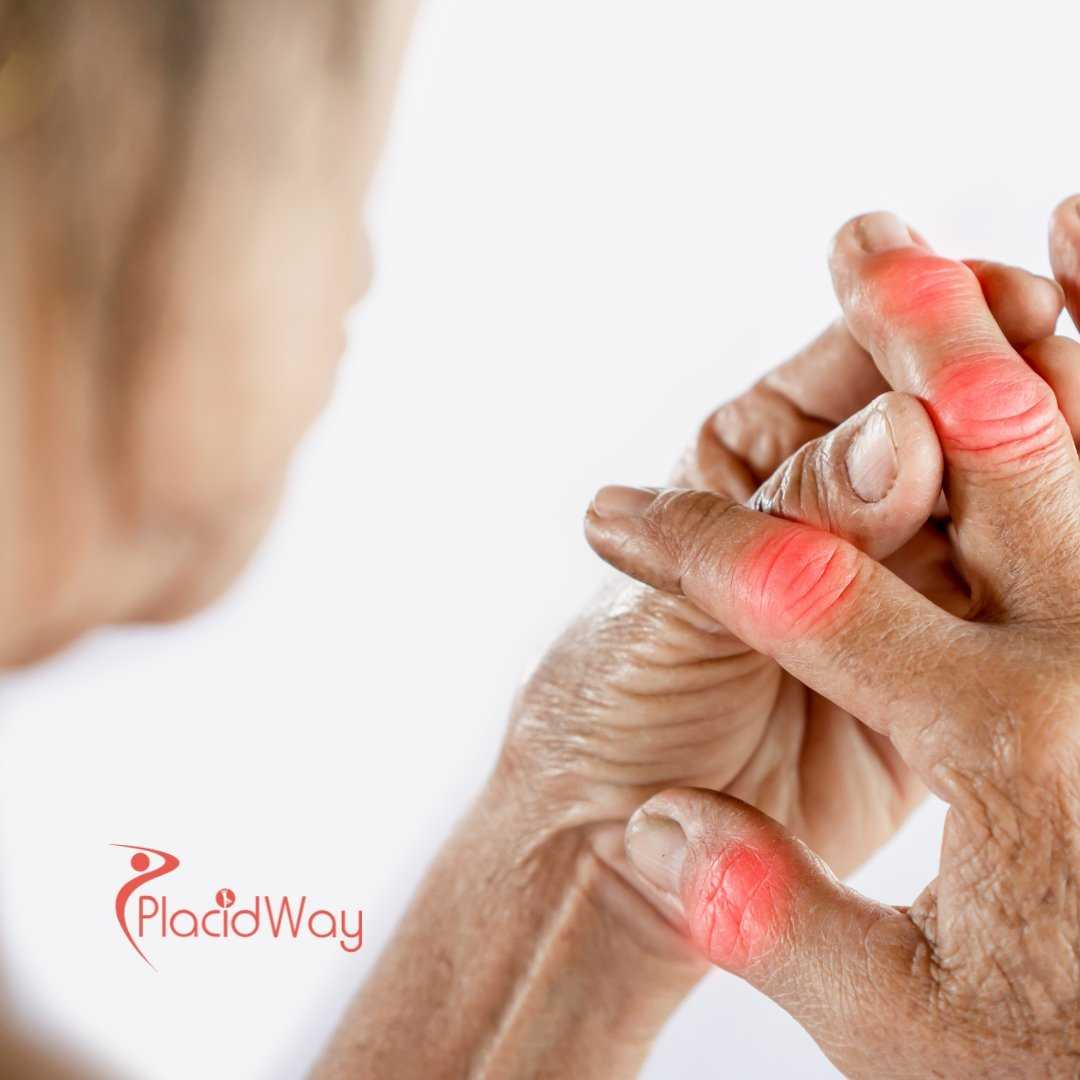
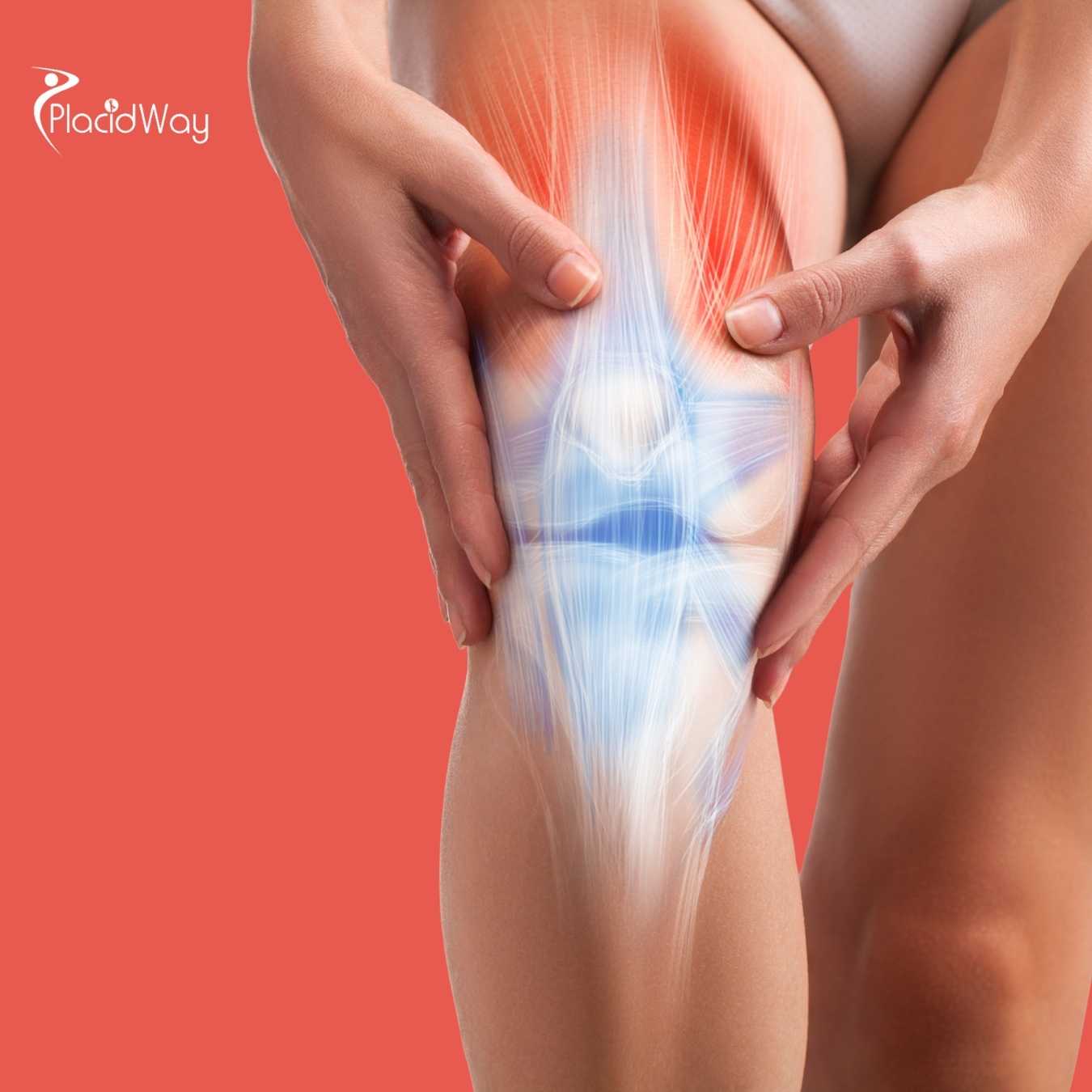
.png)
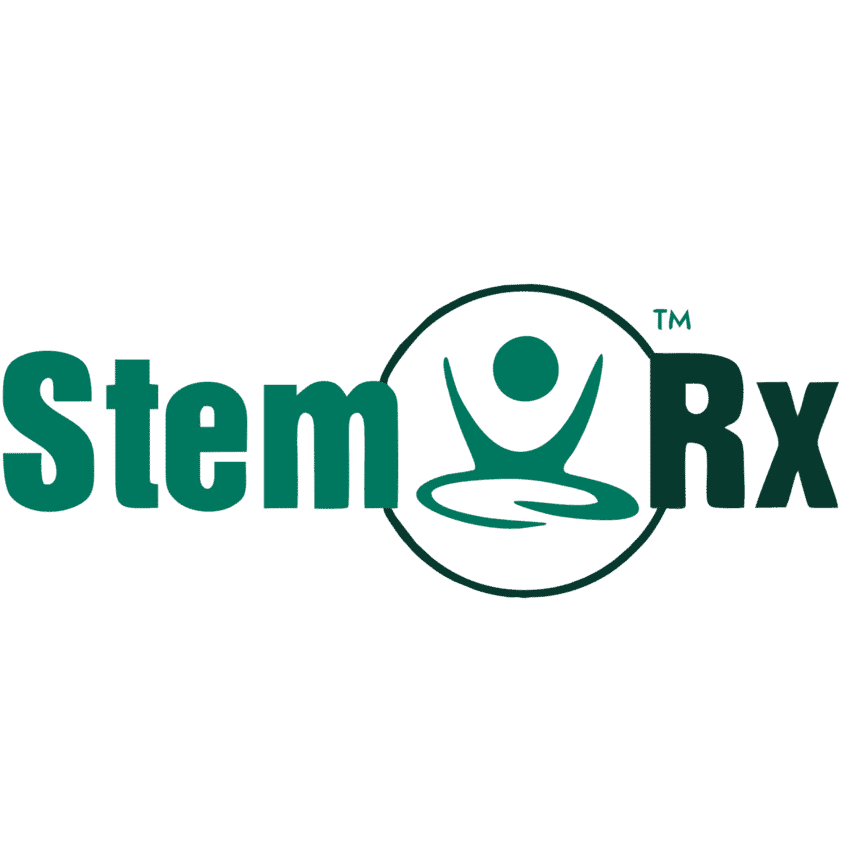
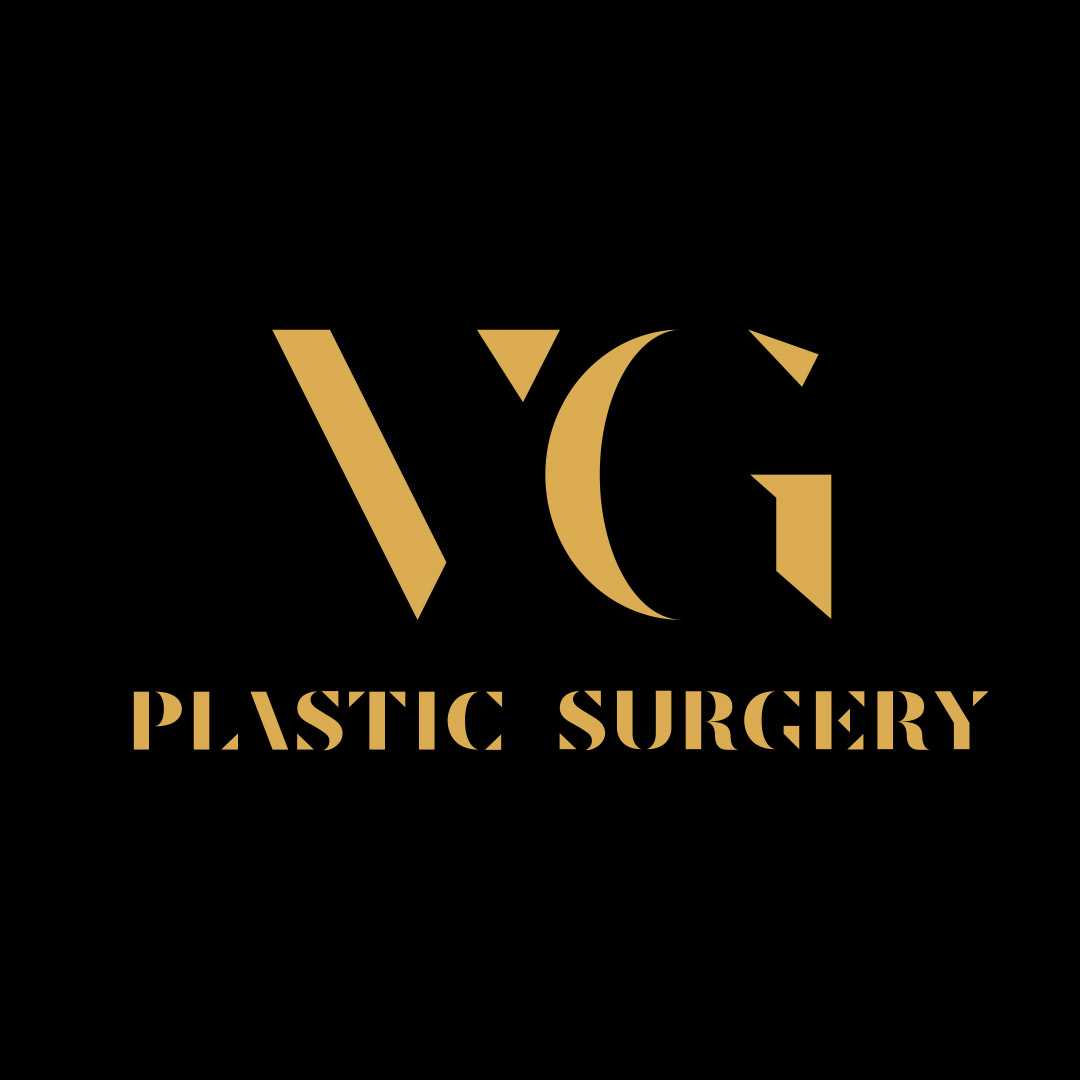


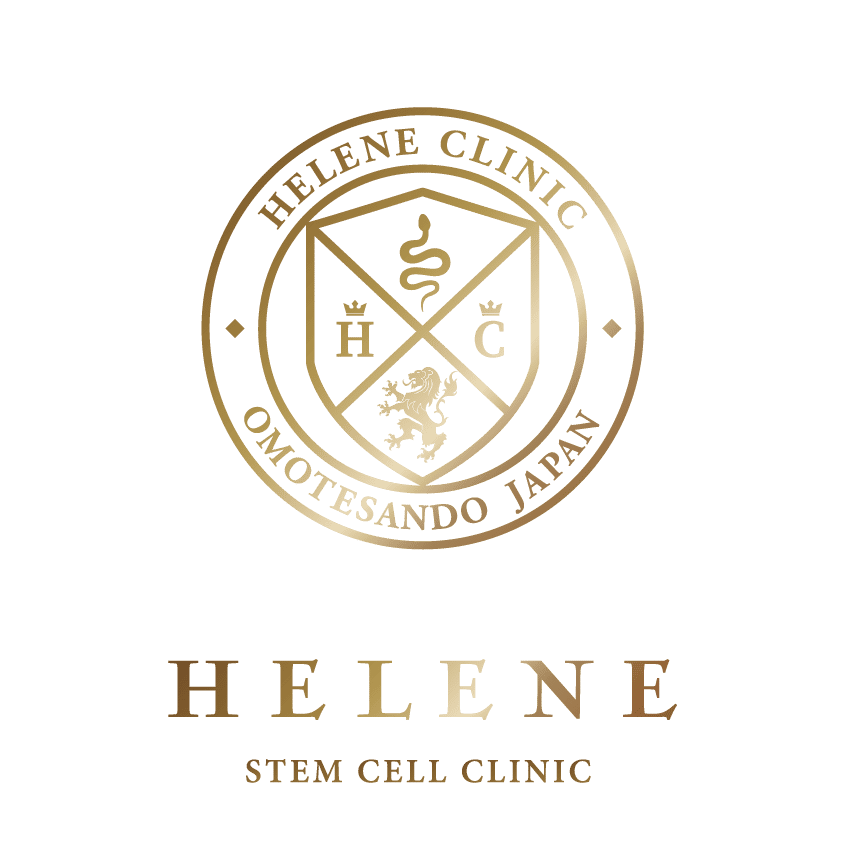

Share this listing